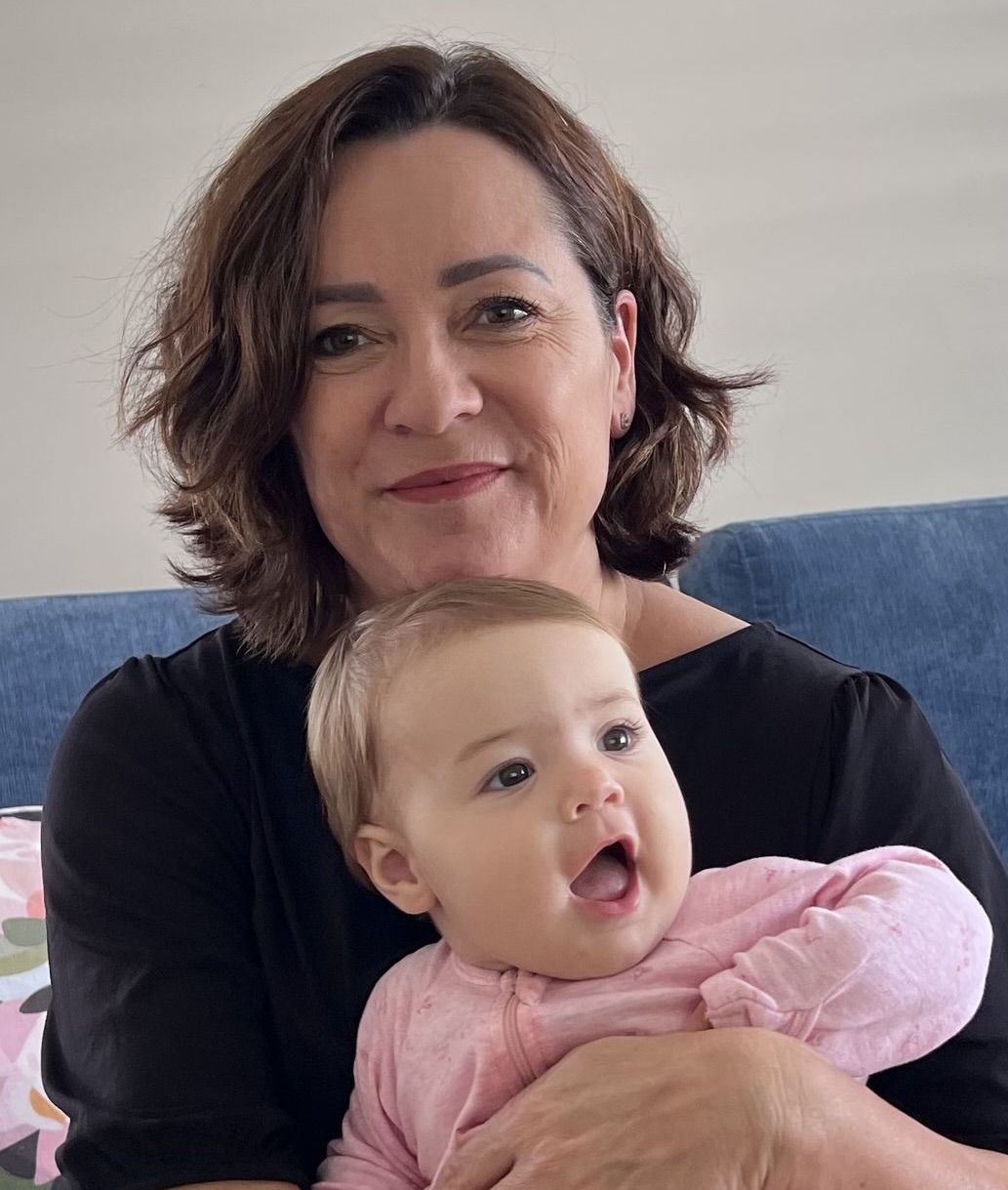When and why would I use this method?
- You want to calm your baby and help get baby ready for sleep.
- To help your baby fall back to sleep when baby wakes but should still be sleeping, such as after early morning wakings, habitual wakings or when naps need to be extended.
- You want to begin to teach baby to settle more independently and baby is 8 to 12 weeks of age.
- Your baby will focus more on the noise and movement than crying and will settle more quickly.
Set the scene by following a predictable, wind down sleep ritual that begins when you first notice baby’s tired signs (see ‘Keys to Helping Your Baby Sleep’). You need to recognise when your baby is ready for sleep (your baby’s sleep window), and act immediately. Begin by removing your baby from a stimulating setting to a calmer one. Draw the curtains in baby’s room, turn on some white noise, and make sure that baby is comfortable, not hungry and has had a nappy change. Then swaddle your baby, as wrapping will make baby feel cosy and will help prevent your baby from startling awake (see ‘Swaddling Your Baby’). After baby is swaddled, sit quietly for around five minutes with your baby in a vertical position, with face tucked against your neck or shoulder, without excessive jiggling or rocking (which may be more stimulating). Then lie your baby down drowsy but awake in the bassinet or cot, just to see if baby will go to sleep independently. If your baby fusses or cries when you do this, you can try settling using the Shush-Pat Method. This is explained in detail in a video in the link below.
Shush Pat Demo
Shush-Pat Settling Step by Step
- Place your baby on baby’s side in the bassinet or cot, and hold your baby on a very slight tilt forwards.
- With your other hand, pat your baby in the centre of the back in a steady, rhythmic motion. This needs to be quite firm, and matched to the volume of your baby’s cries i.e. if baby is very distressed, the patting should be firmer and as baby calms, the patting should lessen in speed and vigour.
- At the same time, use a white noise machine, a shusher app or your voice, to loudly make a constant ‘shushing noise’ (but not directly into baby’s ear).
- Continue this until your baby is asleep (this could take up to twenty minutes) and then very slowly and gently, roll baby onto the back as you gradually fade or stop the shushing.
- If your baby doesn’t stop crying after about five minutes, pick your baby up and calm baby down in your arms with a pat or a rock, then when baby is nice and drowsy, try again repeating the steps above.
Helpful Hints
- Can be used to resettle, not just to settle.
- Transferring feet first to the cot will help baby not to startle awake.
- Dad can get on board with this technique, so mum can rest!


